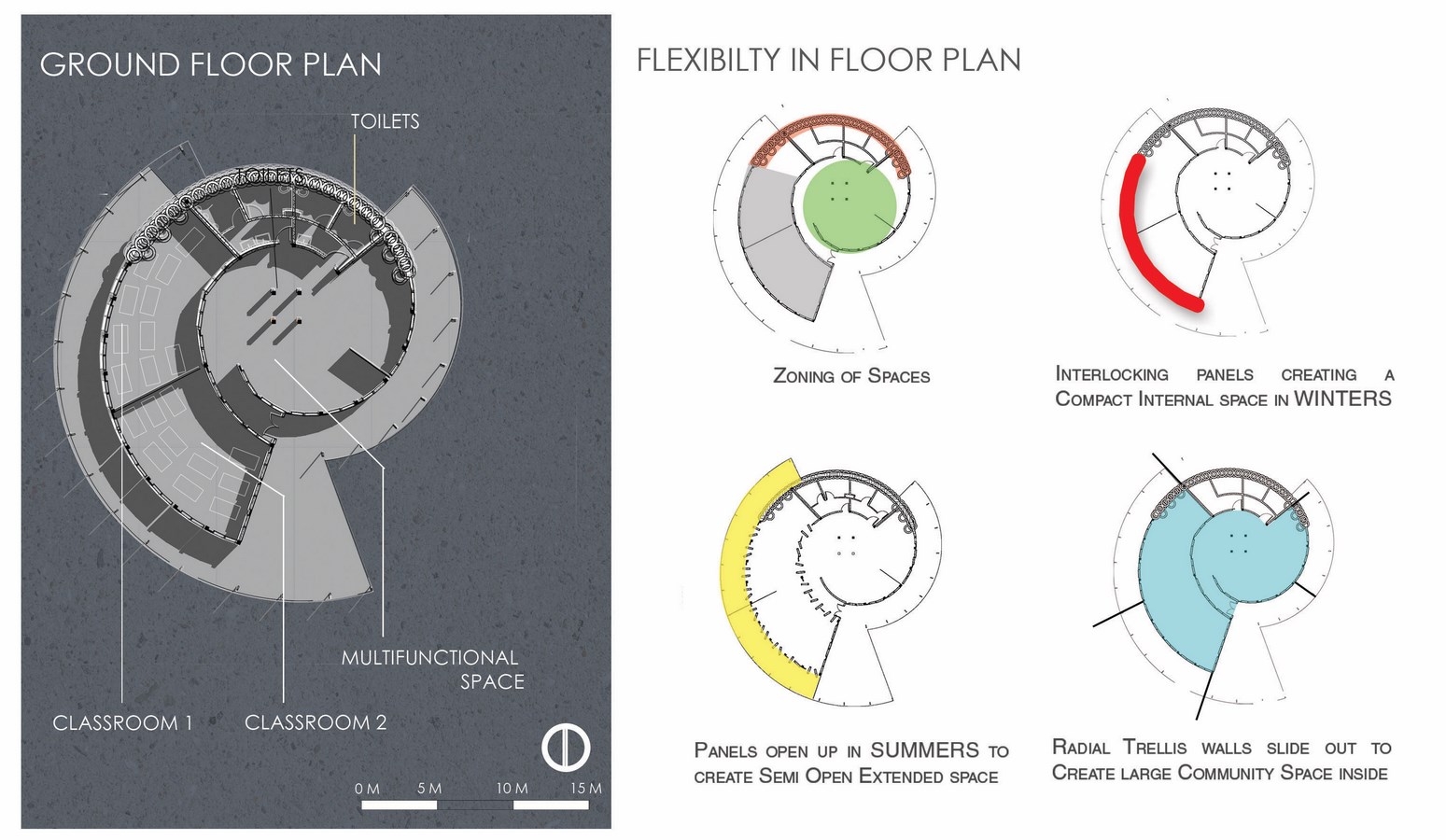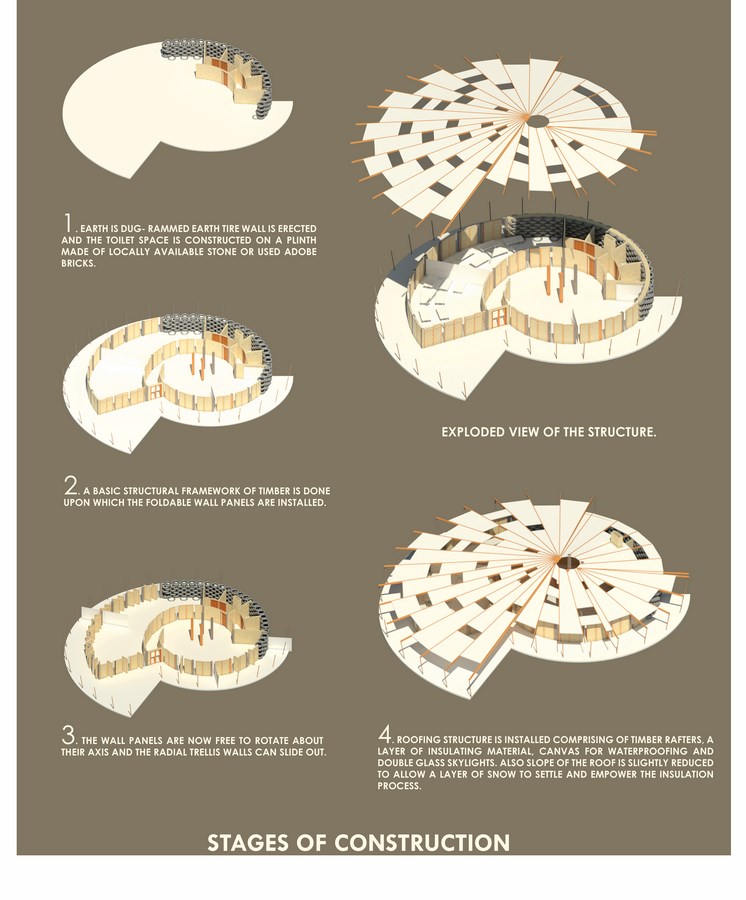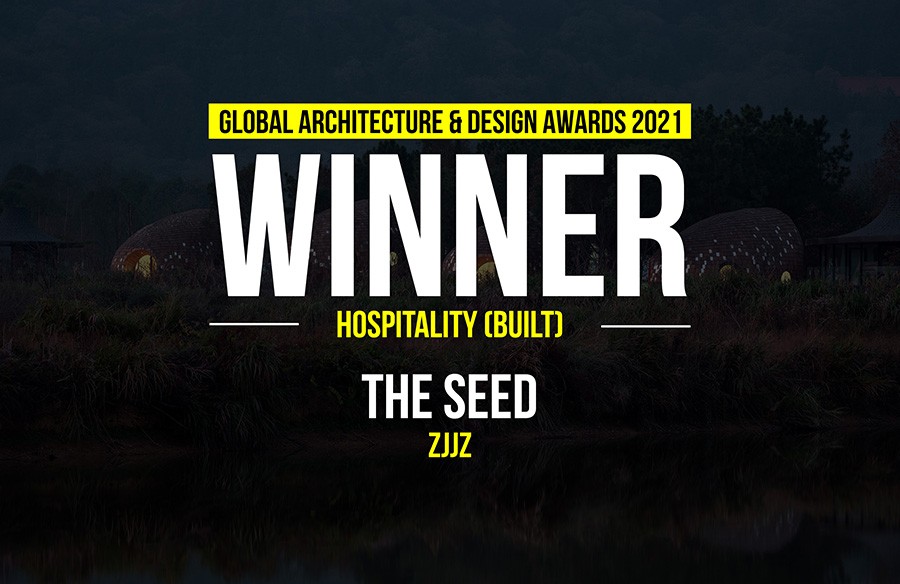How do you get to school, if it’s -45 °C outside?
How do you gain an education when your nearest school is 20km away?
The task was to help Building Trust International and UNICEF design a ‘Cool School’ for a community in Mongolia.
Architects: Aayush Jindal and Aditya Singh
Status: Concept
To design a school building which will act as a safe, comfortable, learning environment for 100 pupils withstanding the extreme temperatures in Mongolia. A well designed school environment has a huge impact on a child’s learning. It can affect a child’s academic progress over a year by as much as 25%. The brief looks for a school design which considers lighting, ventilation, environmental conditions, materials, space, comfort, accessibility, adaptability and aesthetics. The proposal can be a chance to shape the future of school buildings across cold regions globally. Help create classrooms which engage and inspire children, improving their education

Proposal
The Design encourages excellence at small scale which integrates function, structure, details with the need for education. The Yurtopian School is an extension to Tsast Altai school ( an existing school ) and rethinking over the Traditional form, Architecture and sustainability in the context of Mongolia. The existing school facilities were established in 1950, and is located in Jargalant soum in Khovd city in the west of Mongolia. This stand-alone structure caters the upcoming education requirements of the Khovd city also aims in helping the local population with make shift functions.
Transforming the contextual

Figure 1 Traditional Yurt, Source : httpss://en.wikipedia.org/wiki/Yurt | Figure 2: School in Yurt, Otago Daly times
Basic geometries were studied keeping in mind the spatial requirements of a school and the Climatological aspects (such as solar access thermal mass, buffer zones, wind movement etc). The circular form inspired from the traditional Yurt or Ger (type of traditional huts in Mongolia) opened up possibilities for flexible and interesting interaction spaces while achieving minimum surface area which in turn retained maximum heat. The final form allows the wind to sweep around safeguarding from direct wind pressure or increase in temperature due to cold winds.

Building Plan and zones

The circular plan from a yurt is further transformed into spiral shape to provide flexible spaces as well as considering future expansion and growth of the School. The various arrangements in the figure displays the possibility of growth and replicablity of the building plan.

The structure explores the idea of formal to informal learning and explores the idea by providing Interlocking panels which create compact internal space for formal education or a space during freezing temperature while these panels could be rotated around their pivot and opened to semi-covered extended space during the hotter climate.
Design and Beyond
The Radial trellis walls within the interior of the structure slide our to create large community space. The design generates a comfortable space for locals and for this project to serve as an open source for material innovation and inspiration, allowing the locals to utilize these space after the school hours for their community activities ,public gathering ,workshops or training centers and NGO centers. The design collaborates the physiological and the psychological needs of children .

The multifunctional space (exercise room ) can be opened up and combined with the classroom and the extended part of it ,thus resulting in a large space which can be used for other functions for the existing building.
Materiality and Sustainability

Use of waste or readily available vernacular material makes the project sustainable and with the help of public participation such projects can be easily realized.

Aayush Jindal and Aditya Singh
Aayush Jindal and Aditya Singh met at School of Planning and Architecture, Bhopal in India for their Bachelor of Architecture degree and collaborated together on various national and international projects and competitions. Both of them have together in a team bagged the World Architecture Festival Student Charrete twice. They believe in the idea of exploring ones creative consciousness and empirical knowledge to produce the unkown. After graduation Aayush travelled and worked as freelancer for a while also taught as an Assistant professor in Hitkarini University, India currently he is working with a French firm Atelier Arcau, while Aditya moved to Gurgaon, India and works with Tribeca Developers.





